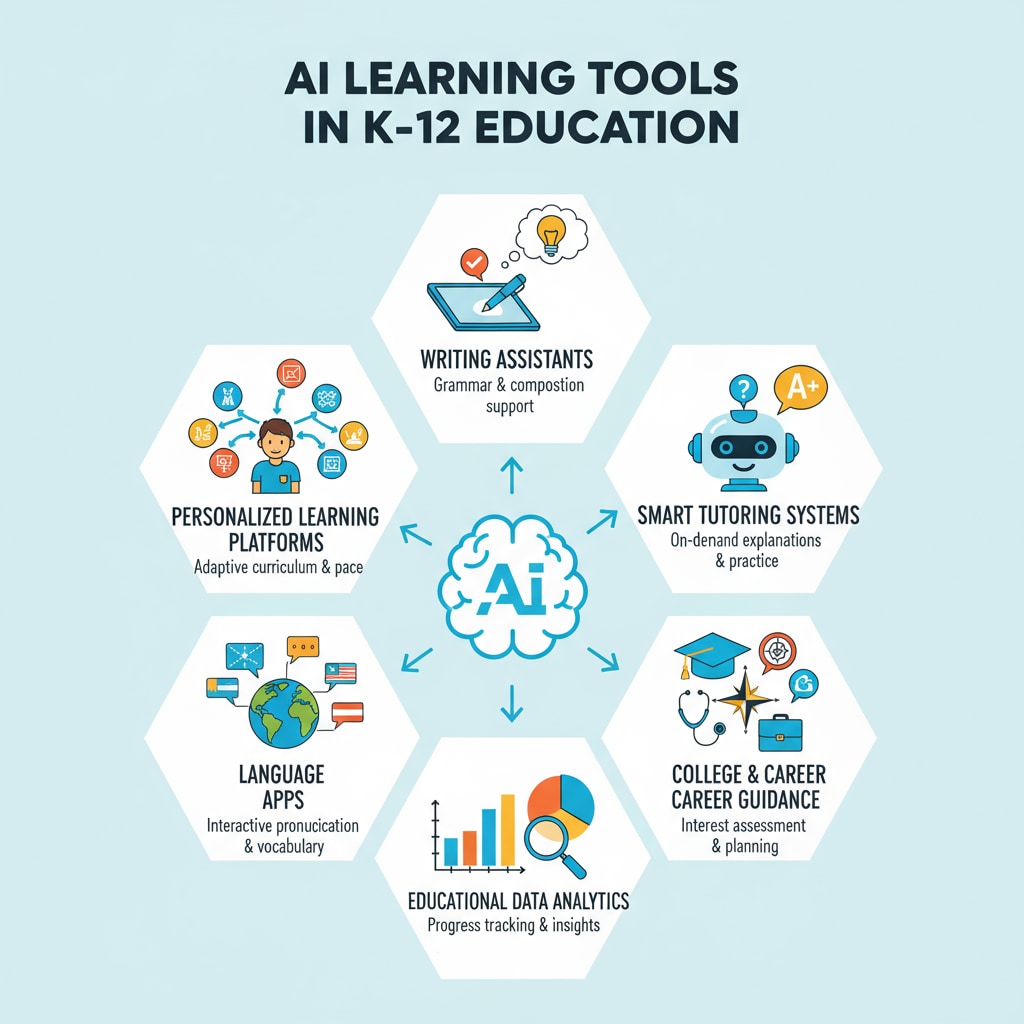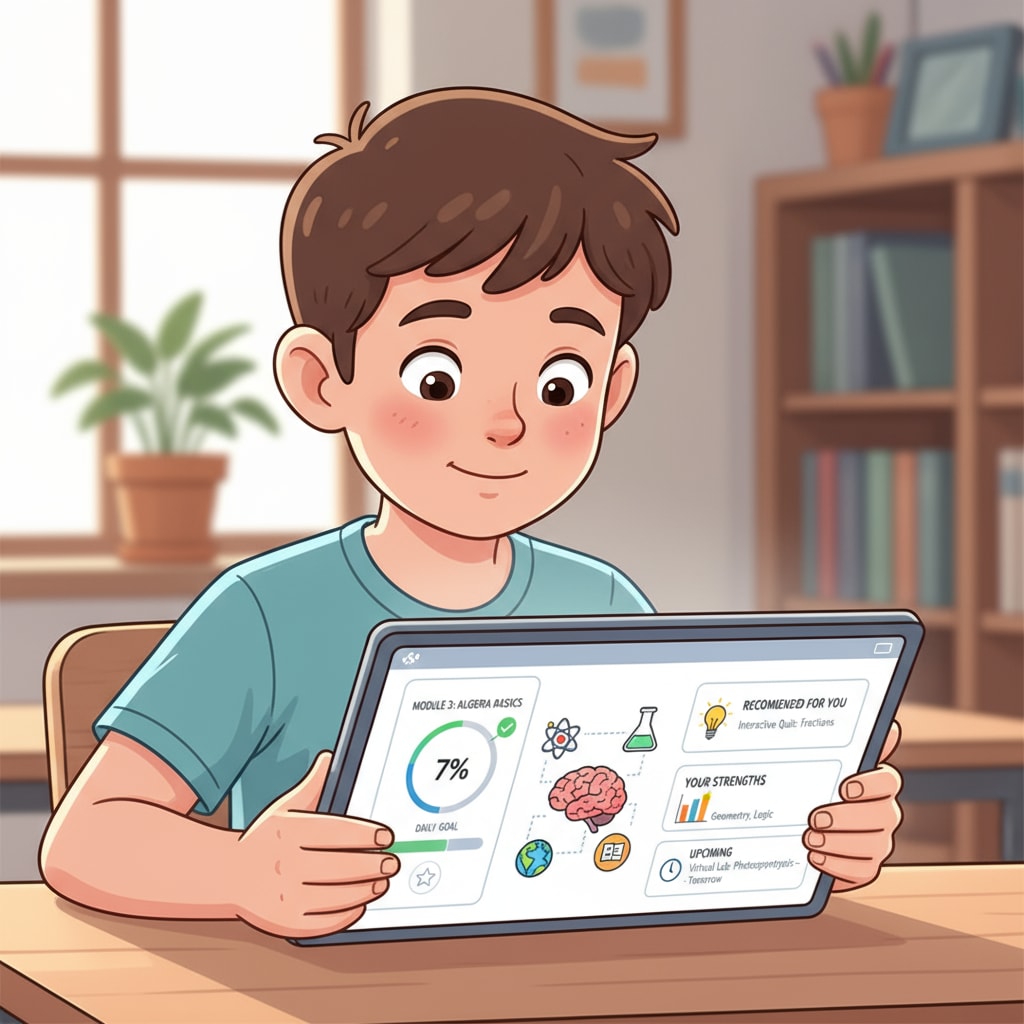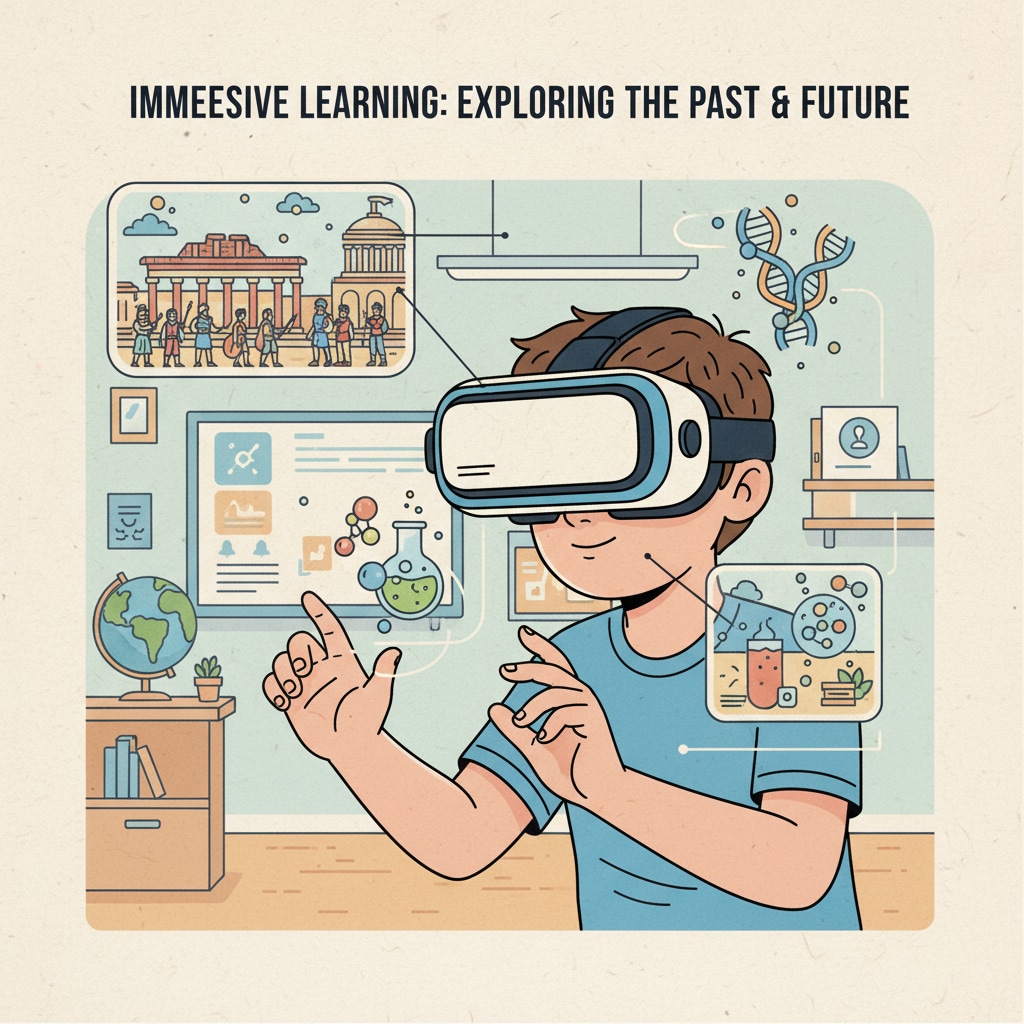In the dynamic landscape of modern education, AI learning tools, educational applications, and learning assistance have become integral components. These tools are revolutionizing the way students learn and educators teach. Let’s explore six major types of AI learning tools in the K12 education field, examining their functions and best application scenarios.

Writing and Composition Assistants
One of the most popular types of AI learning tools is the writing and composition assistant. These tools use natural language processing (NLP) algorithms to analyze and improve students’ writing. For example, they can check grammar and spelling mistakes, suggest better word choices, and even provide guidance on structuring essays. Tools like Grammarly have become invaluable for students in K12 education. They help students build confidence in their writing skills and produce higher-quality work. In the classroom, teachers can use these tools to streamline the grading process, focusing more on providing in-depth feedback rather than spending excessive time on basic error correction. Natural language processing on Wikipedia
Personalized Learning Platforms
Personalized learning platforms are another significant category of AI learning tools. These platforms leverage AI algorithms to understand each student’s learning pace, strengths, and weaknesses. Based on this analysis, they can create customized learning paths. For instance, Khan Academy uses AI to adapt its content to individual students. If a student is struggling with a particular math concept, the platform will provide additional practice problems and targeted explanations. This type of tool is ideal for independent study and differentiated instruction in the classroom. It ensures that each student receives the support they need to reach their full potential.

Language Learning Assistants
Language learning is a crucial part of K12 education, and AI language learning assistants are making it more accessible and effective. These tools can provide real-time language translation, pronunciation practice, and vocabulary building exercises. Duolingo, a well-known language learning app, uses AI to offer interactive lessons. It can adjust the difficulty level based on the student’s performance, making the learning process engaging and efficient. Language learning assistants are especially useful for students learning a foreign language, as they offer instant feedback and a variety of learning resources. Artificial intelligence on Britannica
Math and Science Tutoring Tools
Math and science can be challenging subjects for many K12 students. AI-powered math and science tutoring tools come to the rescue. These tools can solve math problems step by step, provide explanations of scientific concepts, and offer practice quizzes. For example, Photomath allows students to take a picture of a math problem, and it will provide a detailed solution. In science, tools like CK-12 offer interactive textbooks and study guides. These tools are great for homework help and extra practice outside of the classroom.
Teaching Assistants for Educators
AI is also beneficial for educators. Teaching assistants powered by AI can help with tasks such as lesson planning, grading, and student management. For example, some tools can analyze student data to identify areas where students are struggling, allowing teachers to plan more targeted lessons. These teaching assistants can also assist with grading multiple-choice and short-answer questions, saving teachers time and effort. They are an essential part of modern educational application, enabling teachers to focus more on building relationships with students and providing quality instruction.
Virtual Reality (VR) and Augmented Reality (AR) Learning Tools
VR and AR learning tools are bringing a new dimension to K12 education. These immersive technologies can create virtual environments for students to explore historical events, scientific phenomena, or complex concepts. For example, in a history class, students can use VR to virtually visit ancient civilizations. In a science class, AR can be used to make molecules and structures more tangible. These tools enhance the learning experience by making it more engaging and memorable. However, they require specific hardware, which may limit their widespread use in some schools.

In conclusion, AI learning tools, educational applications, and learning assistance have transformed the K12 education landscape. Each type of tool has its unique functions and is best suited for specific scenarios. By understanding these differences, educators and students can make informed choices to enhance the teaching and learning experience. Whether it’s improving writing skills, providing personalized learning, or making complex subjects more accessible, AI learning tools are here to stay and will continue to shape the future of education.
Readability guidance: Throughout the article, we have used short paragraphs and lists to summarize key points. Each H2 section has a clear focus, and we have tried to keep the passive语态 to a minimum. Long sentences are used sparingly. Transition words such as “for example,” “in addition,” and “however” have been evenly distributed to make the flow of the article smooth.


